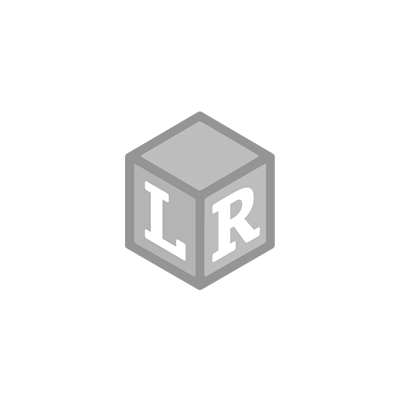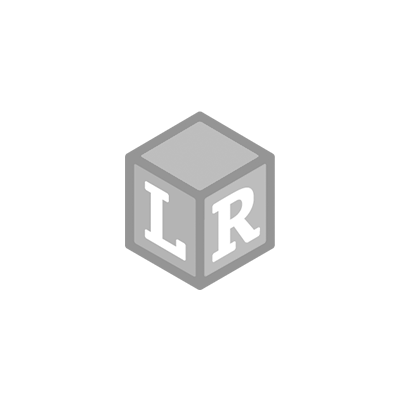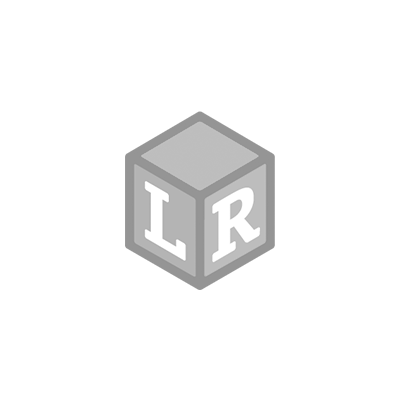
DIY Springtime Sensory Bin
- Patria Lincoln Posted On Mar 6, 2019 | Easter
Sensory bins are a simple, yet highly effective addition to any primary classroom! Students can explore, create, and learn while engaging in sensory play. This DIY spring themed sensory bin incorporates one of the most important math skills for your primary learners. Subitizing is the ability for students to recognize or identify a number or the number of objects in a set without counting. It is the springboard for building a strong number sense and it is the key to establishing mental math reflexes!

In order to get started dying the rice for your bin, you’ll need these materials:
-3 cups of rice
-3 tsp. vinegar
-Food coloring or gel (amount varies based on desired color)
-Gallon Zip
-lock bag
-Paper plate

Combine all ingredients in a gallon sized zip-lock bag, cover and shake well until rice is covered. Add green as needed. If you’re looking to make it more of a lime green, add some yellow food coloring. Leave on a paper plate to dry for an hour.



My favorite aspect of making a sensory bin is having the autonomy to create and utilize sensory objects that best fit the needs of my learners. In this case, incorporating fine motor skill practice was also a goal of mine. With this being said, I chose to add plastic Easter eggs and mini counting erasers to my bin. Students can gain extra fine motor practice by opening and closing the Easter eggs, as well as finding, picking up and counting out the spring themed erasers.

I’ll introduce the sensory bin as a “Spring Subitizing Egg Hunt” center and use it all month long in my math workshop rotations. Students will explore the sensory materials in the bin to find and sort the different representations of each number (1-10). The different representations include the number words, tens frames, dice, dominos, pictures and tally counts. You can find a sample of “Easter egg hunting” for the number “one” in the image above.

I plan to also use the same sensory bin materials, but incorporate other learning goals, such as addition/subtraction facts, sight words, etc. For example, the Easter eggs can hold different types of math facts. Students can then practice their fact fluency by sorting the facts by strategy. This practice supports their flexible thinking and enhances their number sense!

I hope this post has inspired you to create a spring sensory bin for your classroom and ignited you to modify it to fit the needs of your learners.
If you’re interested in using the subitizing sorting cards, be sure to download them here!
Save it for later!
 Shop UK Site
Shop UK Site 



 Right out of the box, our little scientist instinctively began to fill the buckets on either side of the balance with the candy. But before we started our challenges, we first had to go over the most important element of the balance: the arrow!
Right out of the box, our little scientist instinctively began to fill the buckets on either side of the balance with the candy. But before we started our challenges, we first had to go over the most important element of the balance: the arrow!
 The arrow in the middle is crucial for understanding any of the upcoming challenges. When this arrow is pointed directly to its middle, the scale is in equilibrium. In kid terms, please? Make sure the arrow points to the other arrow for balance!
The arrow in the middle is crucial for understanding any of the upcoming challenges. When this arrow is pointed directly to its middle, the scale is in equilibrium. In kid terms, please? Make sure the arrow points to the other arrow for balance!

 Much to her surprise, five marshmallows on each side did not equilibrium make. Adding just one more made the arrows in the middle meet up. Balance! Challenge #1 Scientific Finding: Even though the marshmallows look the same, they are all not the same weight.
Much to her surprise, five marshmallows on each side did not equilibrium make. Adding just one more made the arrows in the middle meet up. Balance! Challenge #1 Scientific Finding: Even though the marshmallows look the same, they are all not the same weight.
 Five of each were counted out and placed in the buckets. An “arrow check” produced the result: the marshmallow hearts were surprisingly more! Challenge #2 Scientific Findings: Do not decide what weighs more based on looks alone!
Five of each were counted out and placed in the buckets. An “arrow check” produced the result: the marshmallow hearts were surprisingly more! Challenge #2 Scientific Findings: Do not decide what weighs more based on looks alone!
 Challenge #3 Scientific Findings: The color of the conversation hearts did not make a difference. (Also – unproven – purple was more delicious than yellow).
Challenge #3 Scientific Findings: The color of the conversation hearts did not make a difference. (Also – unproven – purple was more delicious than yellow).
 Challenge #4 Scientific Findings: Not as much liquid was needed as originally thought. It was observed that this was the first time our little scientist understood the “little by little “concept. Adding too much too fast would make the balance tip too far. To achieve balance, this experiment took time and patience.
Challenge #4 Scientific Findings: Not as much liquid was needed as originally thought. It was observed that this was the first time our little scientist understood the “little by little “concept. Adding too much too fast would make the balance tip too far. To achieve balance, this experiment took time and patience.
 After we checked our arrow, we counted the contents of each bucket.
After we checked our arrow, we counted the contents of each bucket.




